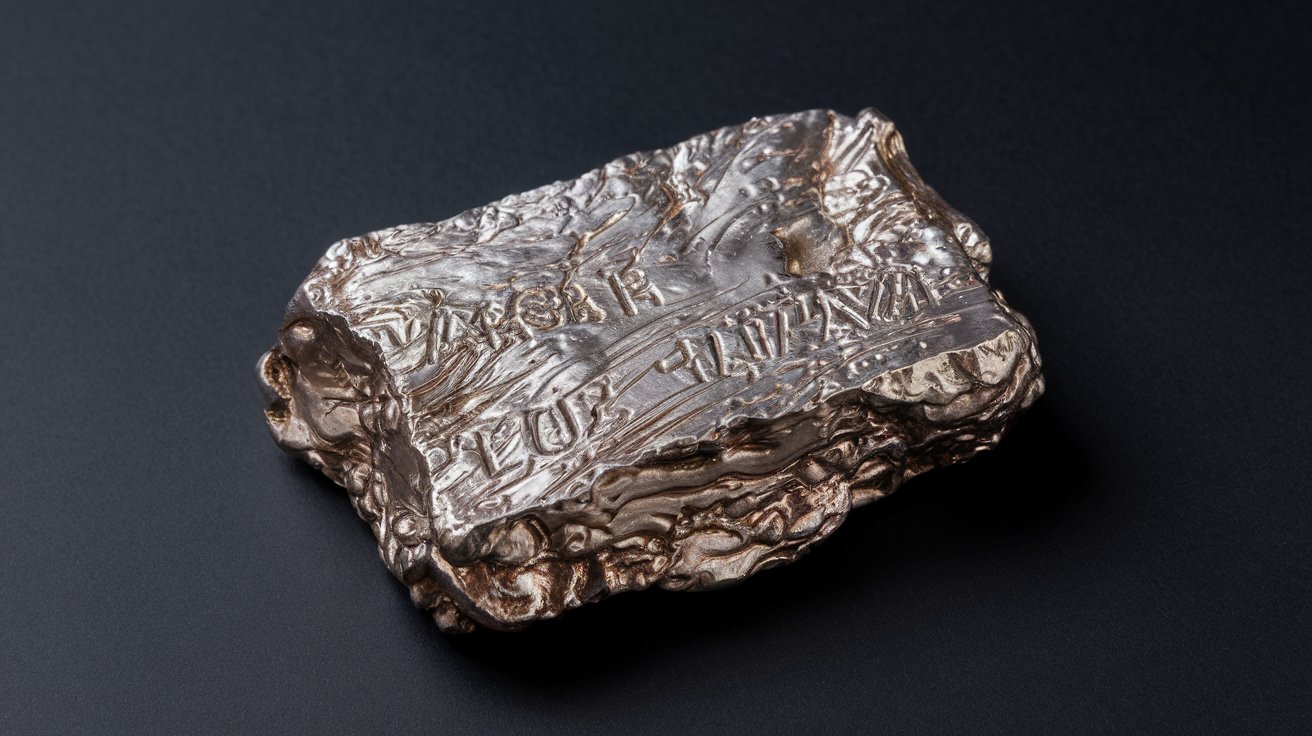
Lanthanum Zinc might sound like a mouthful, but it's a fascinating topic worth exploring. Ever wondered what makes this combination special? Lanthanum, a rare earth element, and Zinc, a common metal, together create unique properties used in various industries. From electronics to medicine, this duo plays a crucial role. For instance, lanthanum improves the efficiency of zinc-based batteries, making them last longer. Additionally, lanthanum zinc compounds are used in optical devices, enhancing clarity and performance. Curious about more? Let's dive into 30 intriguing facts that will shed light on the wonders of lanthanum zinc.
Key Takeaways:
- Lanthanum and zinc are important elements with unique properties. Lanthanum is used in lenses and alloys, while zinc is essential for health and has diverse industrial applications. Both metals have environmental impacts that need careful management.
- Lanthanum and zinc play vital roles in our daily lives, from improving steel strength to boosting immune function. However, their extraction and use can harm the environment, so sustainable practices are crucial for their continued availability.
What is Lanthanum?
Lanthanum is a chemical element with the symbol La and atomic number 57. It belongs to the group of elements known as the rare earth metals. Lanthanum is soft, malleable, and ductile, making it useful in various applications.
- Lanthanum was discovered in 1839 by Carl Gustaf Mosander, a Swedish chemist.
- It is named after the Greek word "lanthanein," which means "to lie hidden."
- Lanthanum is the first element in the lanthanide series of the periodic table.
- It is often found in minerals like monazite and bastnäsite.
- Lanthanum is used in the production of camera lenses and telescope lenses due to its high refractive index.
What is Zinc?
Zinc is a chemical element with the symbol Zn and atomic number 30. It is a transition metal and is essential for human health, playing a crucial role in various biological functions.
- Zinc was known to ancient civilizations, with evidence of its use dating back to 1000 BC.
- It is the 24th most abundant element in the Earth's crust.
- Zinc is used to galvanize steel, preventing rust and corrosion.
- It is an essential trace element for humans, necessary for immune function, wound healing, and DNA synthesis.
- Zinc deficiency can lead to growth retardation, hair loss, and impaired immune function.
Lanthanum and Zinc in Alloys
Alloys are materials made by combining two or more metals. Lanthanum and zinc can be combined to create unique alloys with specific properties.
- Lanthanum is often added to magnesium alloys to improve their strength and ductility.
- Zinc is a key component in brass, an alloy of copper and zinc.
- Lanthanum-nickel alloys are used in hydrogen storage applications.
- Zinc-aluminum alloys are used in die-casting for automotive and industrial parts.
- Adding lanthanum to steel can improve its resistance to corrosion and oxidation.
Applications of Lanthanum
Lanthanum has various applications in different industries due to its unique properties.
- Lanthanum is used in the production of catalytic converters for automobiles.
- It is a component in the manufacture of high-quality optical glass.
- Lanthanum is used in the production of rechargeable nickel-metal hydride (NiMH) batteries.
- It is used in the petroleum industry as a catalyst for refining crude oil.
- Lanthanum compounds are used in carbon arc lamps for studio lighting and projectors.
Applications of Zinc
Zinc is a versatile metal with numerous applications across different sectors.
- Zinc oxide is used in sunscreens and cosmetics for its UV protection properties.
- It is used in the production of rubber to improve its durability.
- Zinc is a key component in the manufacture of batteries, including alkaline and zinc-carbon batteries.
- It is used in the production of paints and coatings to prevent rust.
- Zinc supplements are commonly used to boost the immune system and treat zinc deficiency.
Environmental Impact of Lanthanum and Zinc
Both lanthanum and zinc have environmental implications that need to be considered.
- Mining of lanthanum can lead to environmental degradation and pollution if not managed properly.
- Zinc mining and smelting can release harmful pollutants into the air and water.
- Recycling of zinc is essential to reduce environmental impact and conserve resources.
- Lanthanum-based catalysts can help reduce harmful emissions from industrial processes.
- Sustainable practices in the extraction and use of these metals are crucial for minimizing their environmental footprint.
The Final Word on Lanthanum Zinc
Lanthanum Zinc might not be a household name, but its role in modern technology is undeniable. From enhancing camera lenses to improving battery performance, this compound is a hidden gem in the tech world. Its unique properties make it invaluable in various applications, driving innovation and efficiency.
Understanding the significance of Lanthanum Zinc helps us appreciate the intricate details behind everyday gadgets. Next time you snap a photo or use a rechargeable battery, remember the unsung heroes like Lanthanum Zinc working behind the scenes.
Knowledge about such elements not only broadens our horizons but also sparks curiosity about the materials shaping our future. Keep exploring, keep learning, and who knows? You might just uncover the next big thing in science and technology.
Frequently Asked Questions
Was this page helpful?
Our commitment to delivering trustworthy and engaging content is at the heart of what we do. Each fact on our site is contributed by real users like you, bringing a wealth of diverse insights and information. To ensure the highest standards of accuracy and reliability, our dedicated editors meticulously review each submission. This process guarantees that the facts we share are not only fascinating but also credible. Trust in our commitment to quality and authenticity as you explore and learn with us.
